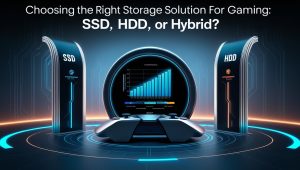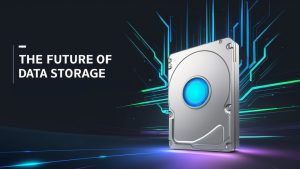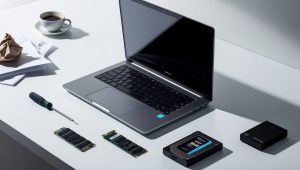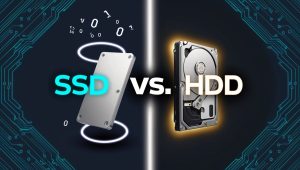Building a Budget Gaming PC: Essential Components and Tips
Can you game on a budget without sacrificing performance? Absolutely. Building a gaming PC under a tight budget doesn’t mean settling for outdated hardware or poor visuals. It means making smarter choices, picking parts that punch above their price tag, and skipping unnecessary extras.
1. Start With the Right Budget Range
Before choosing parts, set a firm ceiling. For budget builds, aim between $500–$800. This range allows flexibility without forcing compromises that would impact playability on modern titles.
2. Choose a Budget-Friendly CPU With Strong Gaming Performance
Modern games rely heavily on CPU single-core performance. A strong budget option is the AMD Ryzen 5 5600G. It features integrated Vega graphics, which means you can game without a GPU while saving up for one later.
Other great value CPUs:
- Intel Core i3-12100F – strong for 1080p gaming, especially paired with a discrete GPU.
- AMD Ryzen 5 5500 – excellent multi-threaded performance and future-proofing.
3. GPU: Where the Real Gaming Power Comes From
For 1080p gaming, the AMD Radeon RX 6600 or NVIDIA GTX 1660 Super provides solid performance without draining the budget. Prices often fluctuate, so check for refurbished or second-hand cards from trusted sellers.
Skip overpriced options unless you’re targeting higher resolutions or higher refresh rates.
4. Motherboard: Stick to the Basics, But Don’t Cheap Out
Pick a board compatible with your CPU, ideally with:
- At least 2 RAM slots
- M.2 NVMe support
- Decent VRM cooling
For Ryzen builds: B550 or B450 motherboards
For Intel builds: B660 for newer chips, B560 for 10th/11th gen
Avoid RGB-heavy boards unless they’re part of a deal.
5. Memory: 16GB Is the Sweet Spot
Aim for 2x8GB DDR4 sticks running at 3200MHz or faster. Dual-channel memory improves performance in many games. Don’t overspend on flashy heat spreaders or RGB—speed and stability matter more.
6. Storage: Speed and Capacity Matter
Skip traditional hard drives for your main drive. Go with:
- 500GB NVMe SSD – Fast boot and load times.
- Add a 1TB SATA SSD later if more space is needed.
Look for deals from Crucial, WD Blue, or Kingston.
7. Power Supply: Do Not Cheap Out Here
Buy from reliable brands only. A poor-quality PSU can destroy your system.
Minimum specs:
- 500W–600W 80+ Bronze certified
- Modular or semi-modular if budget allows
- Brands to consider: Corsair, EVGA, Seasonic
8. Case: Function First, Aesthetics Second
You don’t need tempered glass or RGB to have good airflow.
Features to prioritize:
- Mesh front panel
- Two or more pre-installed fans
- Cable management room
Great options include NZXT H510, Phanteks P360A, or Cooler Master MasterBox Q300L.
9. Cooling: Stick With Stock Unless Overclocking
Stock coolers from AMD and Intel are good enough unless noise is a concern or you’re overclocking. If upgrading, the Cooler Master Hyper 212 is affordable and reliable.
10. Peripherals and Monitor: Budget Accordingly
Once the main build is set, plan for:
- Monitor: 1080p 75Hz or higher, 1ms-5ms response time.
- Keyboard and Mouse: Look for bundles from Redragon, Logitech, or Corsair.
- Headset: Wired gaming headsets from SteelSeries or HyperX offer solid value.
Bonus Tips to Stretch Every Dollar
- Compare part prices daily – Use tools like PCPartPicker to find the best prices and spot compatibility issues.
- Don’t dismiss used parts – Especially for GPUs, CPUs, and cases.
- Re-use what you already have – Old keyboard, mouse, or monitor can hold you over.
- Wait for bundle deals – Many retailers offer discounts when buying CPU and motherboard combos.
Building a gaming PC on a budget is not about cutting corners—it’s about optimizing for value. Choose each part with purpose, focus on balance, and you’ll end up with a machine that delivers smooth gameplay without draining your wallet.












Post Comment